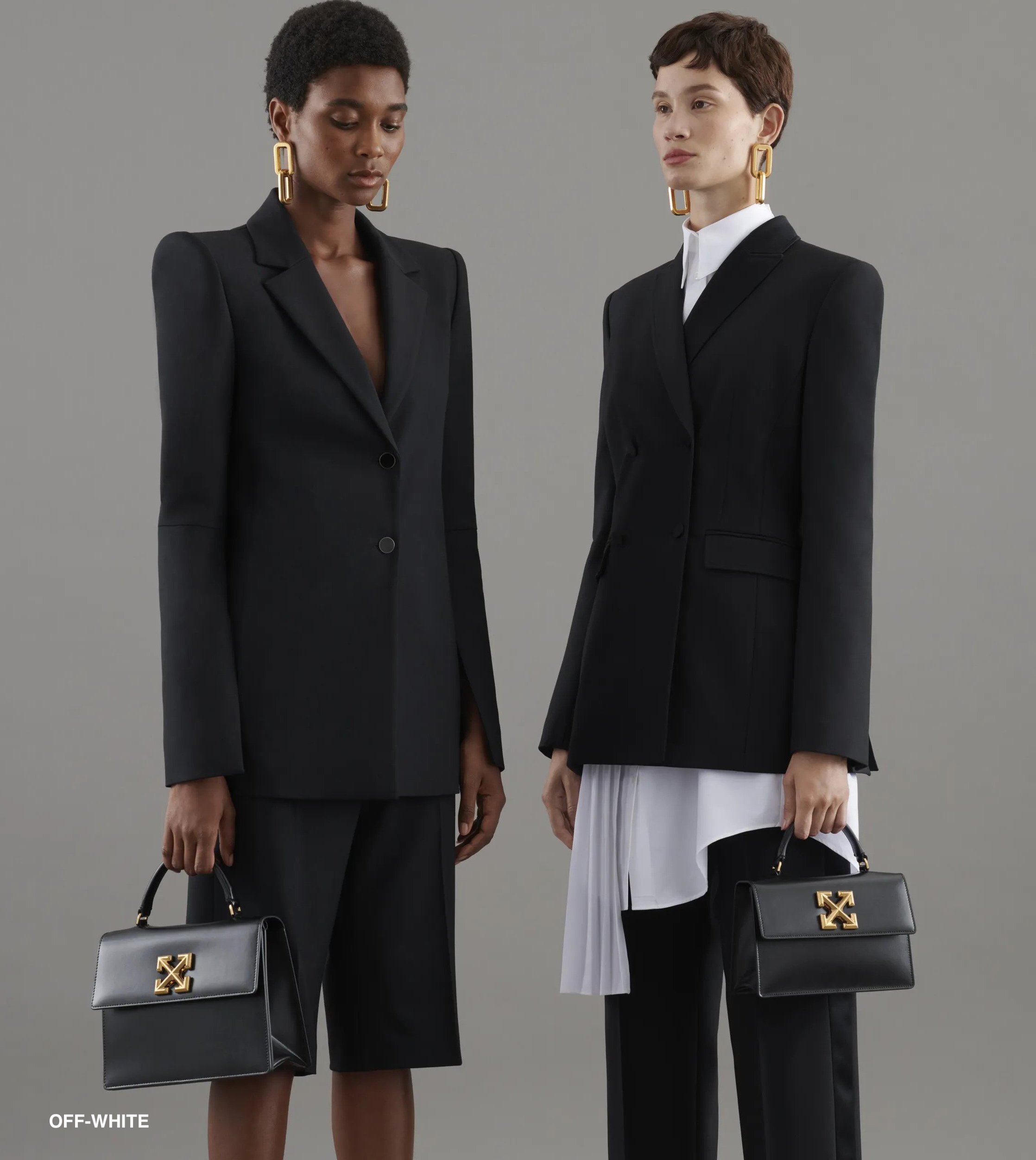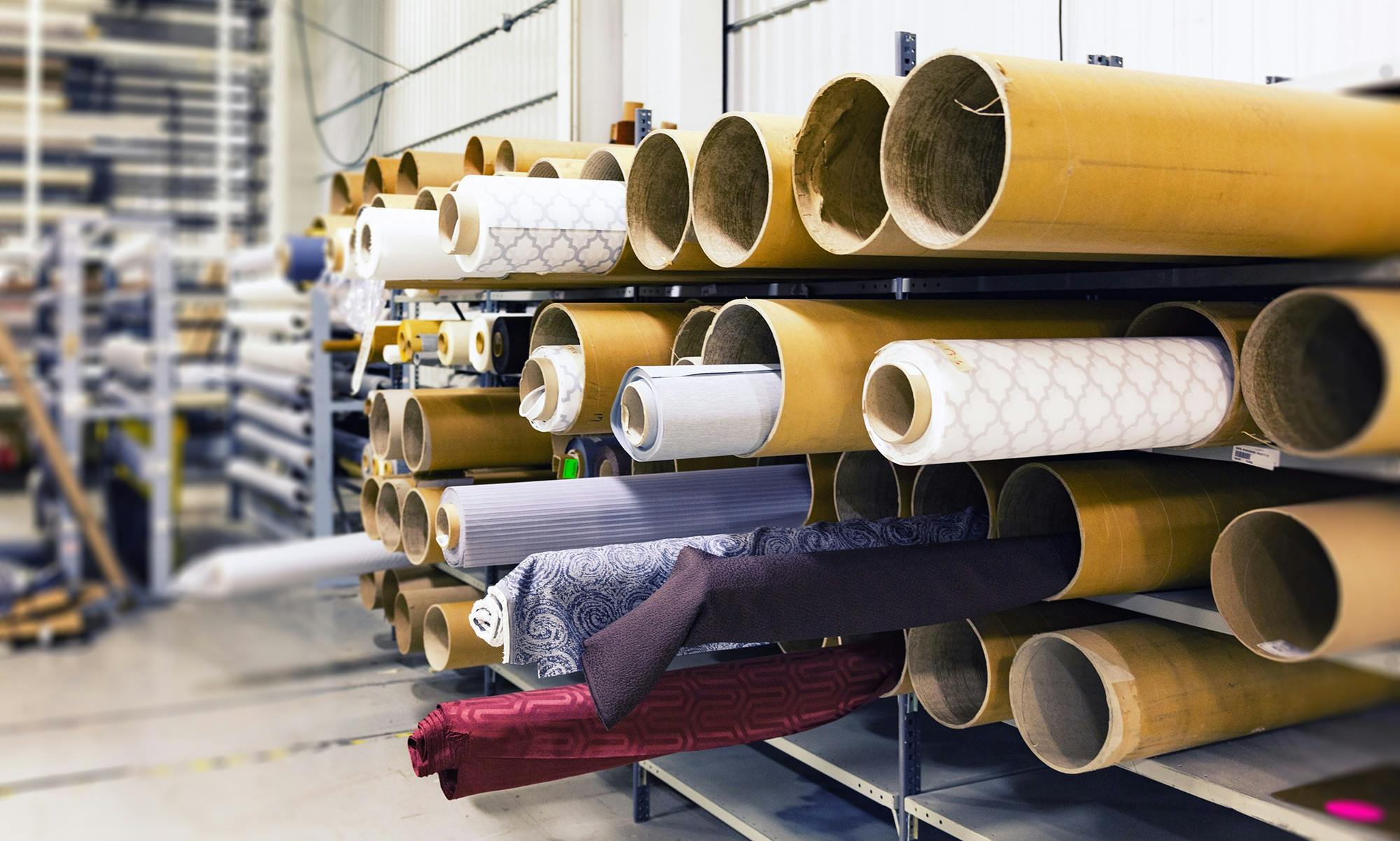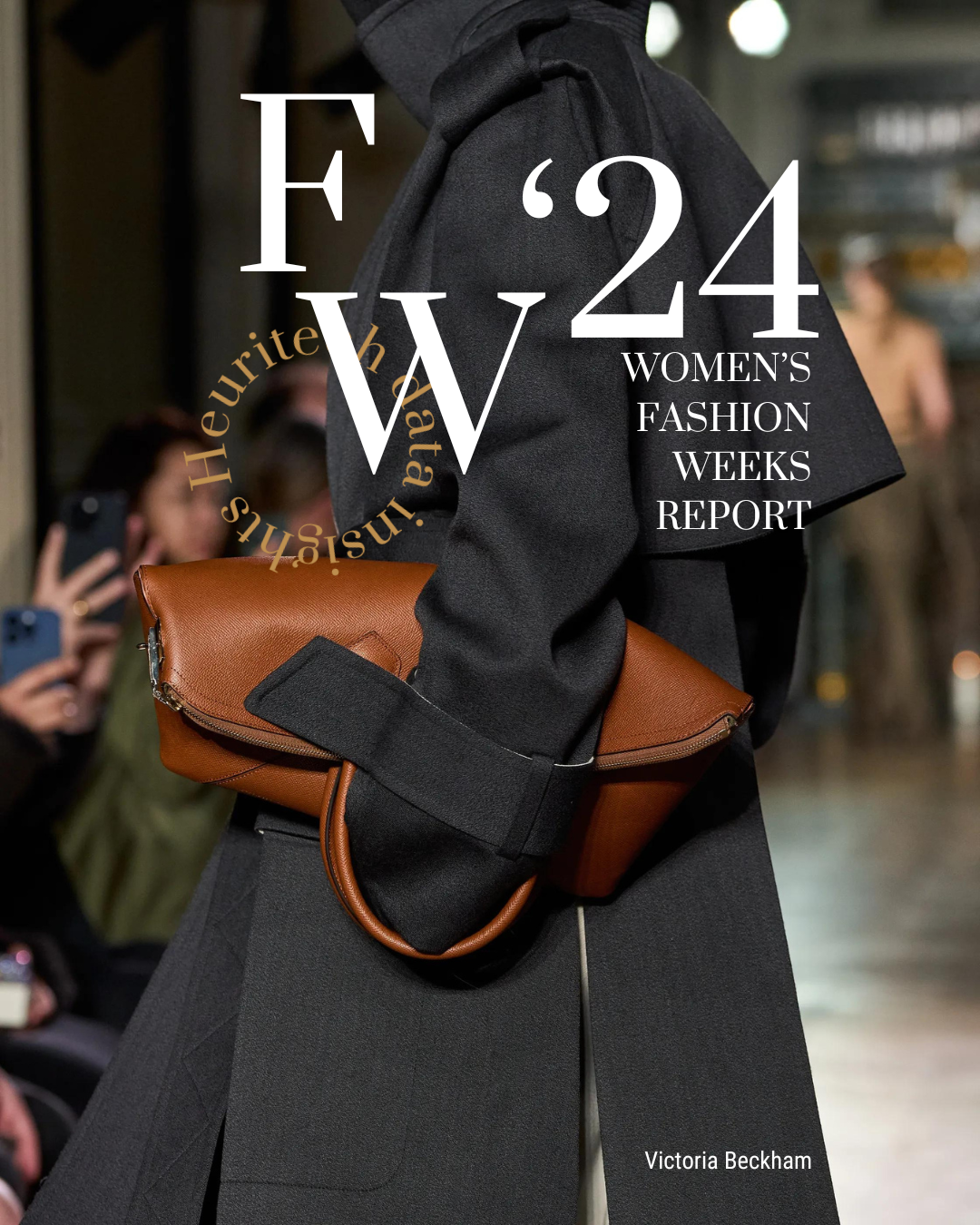The fashion industry has had its fair share of hardships in the past. It was a challenging end of the year in 2021, after spending almost all their resources to successfully emerge from the aftermath of a global pandemic.
According to Mckinsey, the industry continued its strong performance in early 2022, with 13% revenue growth in the year’s first half. However, the effects of a fragile market are weighing heavy on fashion leaders as they look forward to the rest of 2023.
Just as they seemed to get back on their feet, an impending economic slowdown, heavily influenced by geopolitical conditions, began to cripple its way into the global scenario. Some countries are facing a fearful forecast for the foreseeable future that seems rather bleak, with a recession that may be looming.
Inflation in 2022 reached its highest level in at least 40 years in Europe and the United States. In the BoF-McKinsey State of Fashion 2023 Survey, 85% of fashion executives predict inflation will continue to challenge the market next year.

Furthermore, a shaking economic situation invariably impacts consumer behaviour.
With persistent inflation, many consumers are tightening their purse strings and rethinking their buying behaviours. As consumers delve into the harsh decision of cutting down spending, they start with what may seem to some as nonessential spending. One of the primary victims? The apparel industry.
Brands face the challenge of a restricted consumer. Thus fashion executives need to not only persuade consumers to buy, but the biggest challenge would be to predict what they will purchase to avoid overstocking successfully.
Planning within a volatile scenario
A decreasing or stagnant economy threatens retailers in many ways, for instance, supply chain delays, inflation, and high-interest rates. Excess inventory isn’t a new problem, yet, the issue is set to become an even more pressing concern as the economy worsens.

First, the global pandemic caused disruptions along the supply chain, challenging retailers to manufacture, ship and even get hold of products to sell. However, consumers stuck at home seeking some entertainment found themselves with more free time to shop. Still, unfortunately, many retailers fell short of delivery due to a shortage of manufacturing and delivery services.
Left: Jil Sander Resort 2022 collection
When pandemic restrictions softened, fashion leaders were hopeful the spending sprees would continue; thus, retailers started overstocking inventory in a bid to prevent stockouts they suffered the year prior.
And then, the global economic slowdown started to loom in, heavily decreasing buyer intention, and retailers were stuck with unsold inventory, resulting in not only monetary losses but also threatening their whole product planning and supply chain.
With such fluctuating circumstances, it is easy to understand why even top players in the industry are victims of faulty demand planning.
Many brands are choosing to increase their prices to stay profitable in this challenging time. However, this can result in losing customers overwhelmed by increased electricity and housing bills.
Consumers already feel threatened by rising prices in all sectors, and fashion brands doing the same risk losing valuable loyal consumers. For brands to stay on the good side of their consumers, solutions must be found from the inside.
Curating for distinctive markets
Some retailers opt for slashing prices to eliminate stuck inventory to control inflation. However, as proven before, the safer way towards profitability is to sell as much as possible at full price.
Ideally, brands would have space for more “risky” pieces allowing some uncertainty if they would be sold, but with an economy that most likely will continue to stagnate, they don’t have that luxury anymore. Brands must ensure their assortment is highly curated and catered to their consumer.
Right: Jil Sander Resort 2021 collection
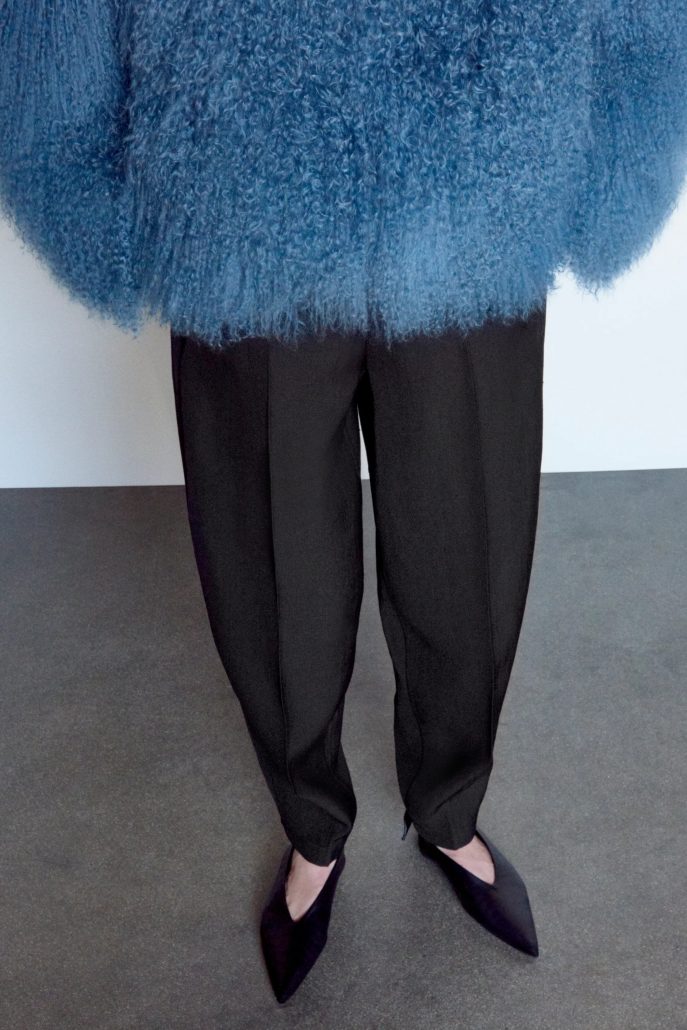
To mitigate risks, retailers aim to simplify assortments, only committing to pieces that have proven to be their best-sellers in the past. However, only committing to certain styles season after season is likewise risky, as consumers often seek new styles and more trendy pieces. Only adhering to pieces proven successful in the past season threatens a business to go obsolete with the rapid-changing trend cycle.
A refined assortment is the key to profitability in an age of uncertainty.
Technology as a compass
In this context, understandably, fashion executives are weary of taking risks with such increased economic volatility. Furthermore, anticipating an economic slowdown makes adapting to unpredictable consumer demand and lower purchasing power even more challenging. Careful planning will be a key success factor in navigating turbulent conditions ahead.
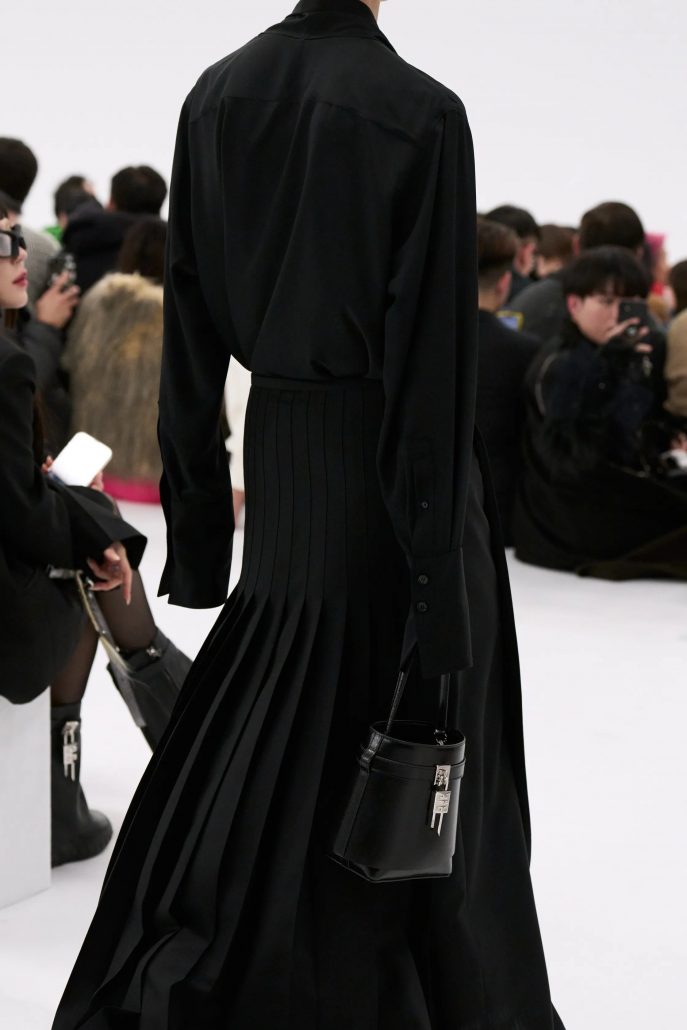
According to BoF, less trendy or “sexy” tech services are stealing the spotlight this year as retailers opt for more practical solutions. Even if hype-driven technologies such as NFTs and Metaverse were on top last year, the main focus has shifted back to a more practical angle: to anticipate how consumers will shop. Especially technologies that let retailers make better forecasts and tailor their assortments to avoid overstock.
Left: Givenchy 2023 collection
The technology in which fashion leaders are betting this year? Artificial intelligence.
One successful approach retailers can embrace is to rely on data to help them make sound business decisions catering to specific pain points along the supply chain.

AI tools can provide significantly more accurate forecasts to predict changes in consumer demand. These algorithms can automatically recognise patterns, identify complicated relationships in large datasets and capture signals for demand fluctuation.
It became crucial to adapt to the present and plan for the future. Predictive analytics uses historical data to identify future patterns using statistics and algorithms, from predicting consumer behaviour to demand.
Demand forecasting provides an estimation of the demand that will occur in the future for a product and allows supply chain managers to tailor their product assortments better, avoiding overstock.
Basing decisions on intuition is not a luxury available during economic turbulence. However, when an algorithm forecasts an accurate vision of future consumer behaviour, it becomes much easier to optimise the assortment mix while avoiding false prediction mistakes.
Furthermore, being backed up by data gives executives the confidence to take more “risks” and go for trendier pieces than relying solely on intuition. Customer data, always essential, now becomes even more crucial.
Right: Loewe Spring 2023 collection

Data insights allow retailers to curate the assortment for their target customers better. If the data shows that a specific colour will grow or that the interest in a pattern will decrease compared to last season, it gives retailers a more straightforward path to follow while planning their assortments. This reduces the chances of mistakenly overstocking a product that won’t sell.
There are multiple uses of data for demand planning. For instance, Heuritech’s technology focuses on sell-through. With artificial intelligence, fashion trends can be predicted for clothing collections in upcoming seasons, including colours, fabrics, silhouettes, patterns, styles, and more.
With Heuritech’s data insights, a leading luxury retailer was able to optimize sell-through by 5%.
After one year of collaboration with the 2.5bn$ retailer, 85% of their teams have fully integrated Heuritech data. Adopting our solution has benefited them not only with a 15% improvement of full price sales but, as mentioned above, a 5% seasonal sell-through growth on SKUs bought using the data-insights tool vs without.
The unprecedented advantage of having a clear vision of their present and future market is becoming the key to success in a deteriorating global economic situation.
Given the challenging economic downturn, the year ahead will be difficult to navigate. However, it has been proven before those fashion leaders who source technology as a tool to understand their consumers better and anticipate their behaviour have a significant advantage over competitors. It is different fronting a storm with guidance, and artificial intelligence provides that by becoming the compass.
